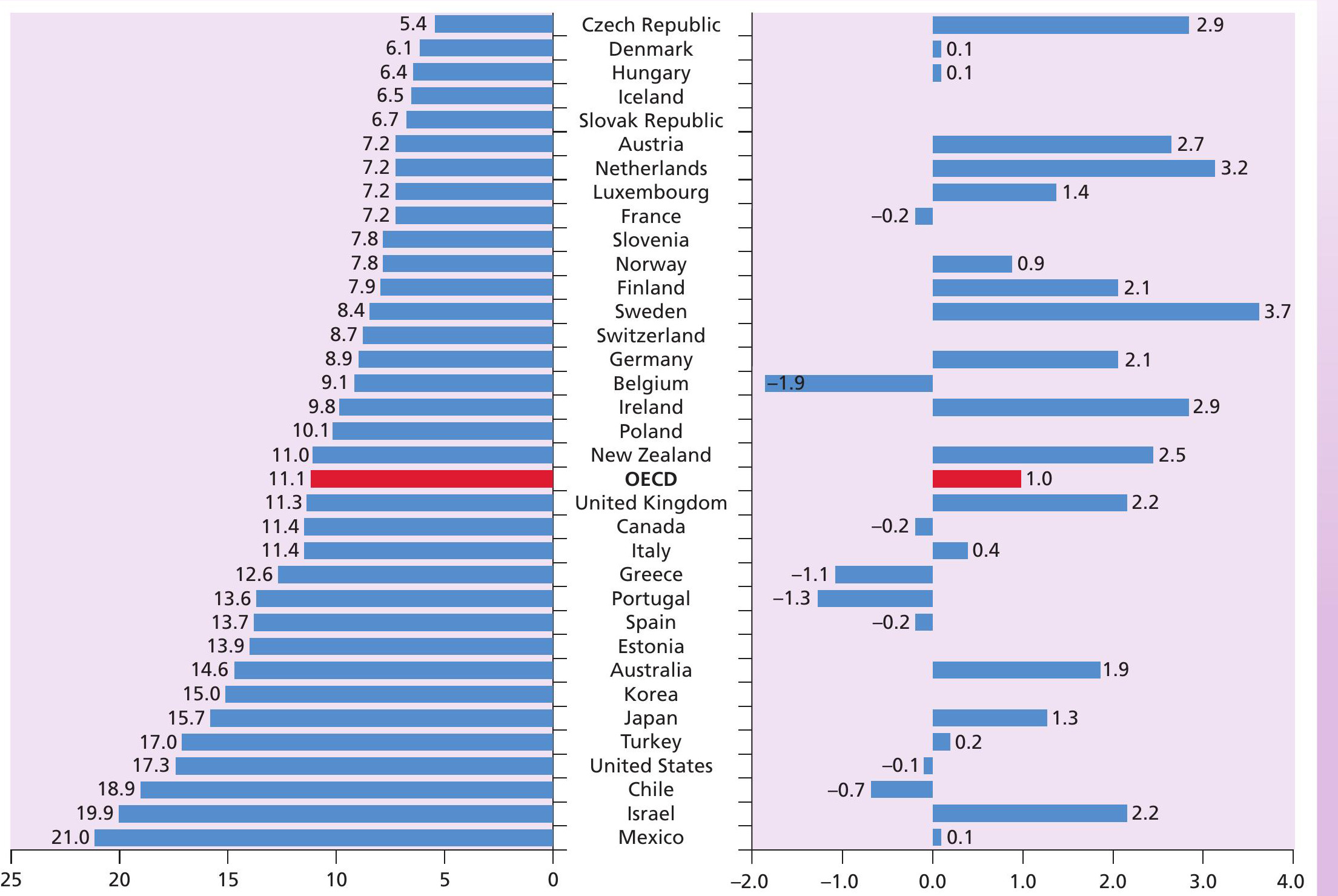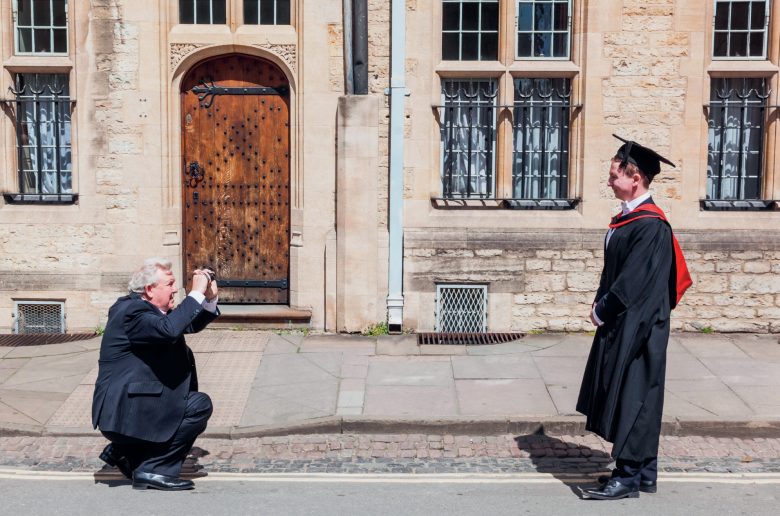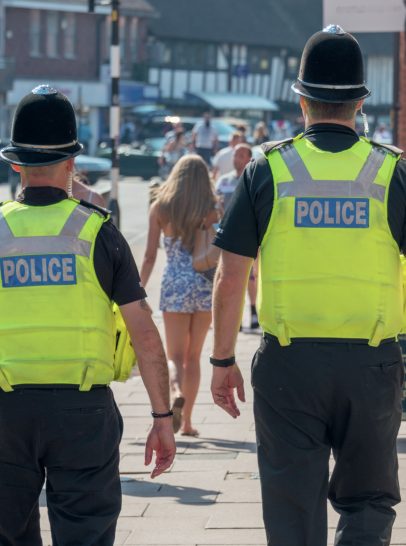
Recent figures from the Organisation for Economic Co-operation and Development (OECD) suggest that poverty is increasing in many more developed societies across the world (Figure 1). The UK is just above the OECD average, but it is interesting to think about what poverty actually means in each of these societies. Here poverty is defined in relative terms, so although it seems to be growing fastest in Sweden the material circumstances of people who live there might be quite different from, say, those in Poland. In some countries it is the old who seem to suffer more than the young. You might think about some possible reasons for this.
But to know what poverty means for people, we need a rather different approach to this statistical analysis. A recent qualitative study for the Joseph Rowntree Foundation, ‘Low Income Neighbourhoods in Britain’ (2011), led by Professor Ian Cole at Sheffield Hallam University, found that people’s sense of place and belonging often mattered most in the poorest neighbourhoods.
Your organisation does not have access to this article.
Sign up today to give your students the edge they need to achieve their best grades with subject expertise
Subscribe




